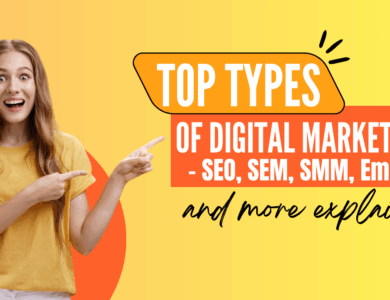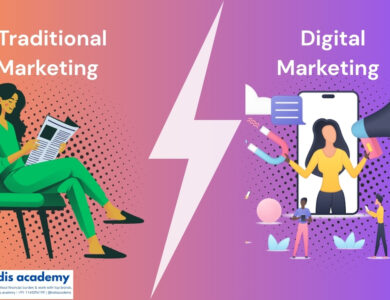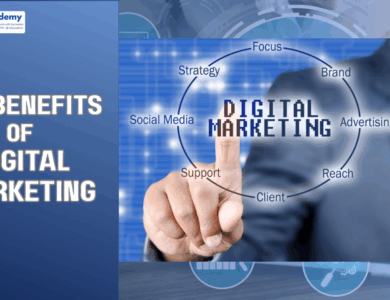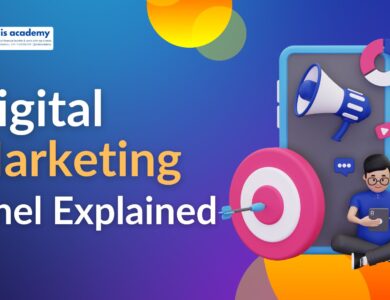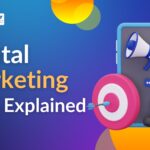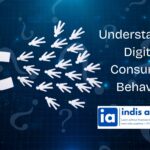Inbound vs Outbound Marketing: Content vs. Ads – Key Differences Explained
Discover the core difference between inbound and outbound marketing. Learn which works best for your business: content-driven strategy or paid advertising.
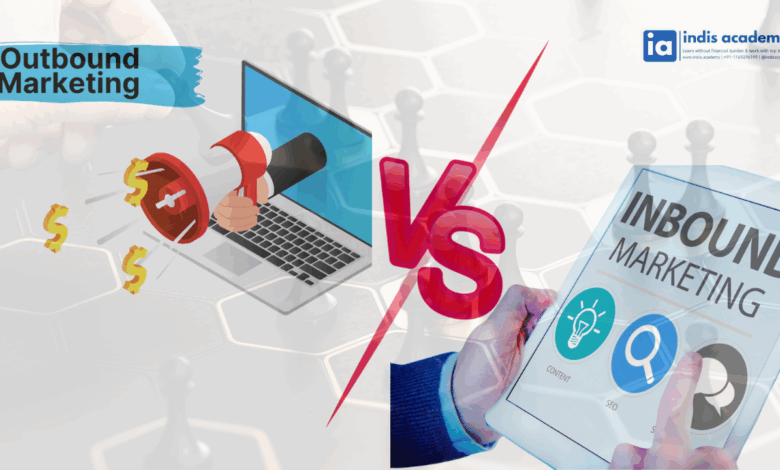
Imagine you’re launching a new product. You have two choices: create helpful content to attract customers organically or pay for ads to reach them instantly. Which one is better? Welcome to the age-old debate of Inbound vs Outbound Marketing.
In today’s digital world, knowing where to invest your marketing efforts is crucial. This blog will walk you through both strategies, break down their strengths and weaknesses, and help you decide whether content or ads (or both) should drive your growth.
1. What is Inbound Marketing?
Inbound marketing is about pulling customers toward you by offering value. You attract, engage, and delight prospects with content that addresses their problems.
Key Features:
- SEO-optimized blogs and articles
- YouTube tutorials and educational videos
- Lead magnets like ebooks, checklists
- Email nurturing sequences
Example:
HubSpot is a classic example. Their blog, free tools, and guides attract millions monthly, building trust before selling anything.
Benefits:
- Builds long-term brand authority
- Lower cost per lead over time
- Higher-quality, self-qualified leads
2. What is Outbound Marketing?
Outbound marketing involves pushing your message to potential customers whether they want it or not. Think of it as “interruptive marketing.”
Key Features:
- Google and Facebook Ads
- TV/radio ads
- Cold emails or calls
- Sponsored influencer posts
Example:
A local gym running YouTube ads or a fintech brand promoting credit cards through cold calls.
Benefits:
- Instant visibility and traffic
- Controlled targeting with budgets
- Useful for promotions or fast results
3. Inbound vs Outbound – What Really Sets Them Apart?
| Factor | Inbound Marketing | Outbound Marketing |
|---|---|---|
| Strategy Type | Pull – value attracts | Push – message pushed outward |
| Investment | Time, content creation | Money, ad budgets |
| Lead Quality | Warm, intent-driven | Cold, less engaged |
| Sustainability | Long-term, compounding | Short bursts, needs funding |
| Trust Building | Yes, via valuable content | Less, can seem intrusive |
Takeaway: Inbound marketing earns attention. Outbound marketing buys it.
4. Content vs Ads – Which Performs Better?
Let’s break down the performance side-by-side:
Cost per Lead
Inbound leads cost 61% less than outbound on average. Content continues to bring leads even after publishing.
Engagement
Inbound content gets better engagement because users discover it when they’re searching. Outbound often faces “ad blindness.”
Conversions
Inbound converts better over the long haul. Outbound can give immediate results but may not build lasting loyalty.
Analytics
Both can be measured, but inbound gives richer insights via behavior tracking.
Brand Recall
People trust brands that educate over those who interrupt.
Also Read:
- Want a Career in Digital Marketing? Here’s Everything You Need to Know
- What Is Digital Marketing? Definition, Basics & How It Works
5. Which Strategy Should You Choose?
The choice depends on your:
Business Stage:
- New startups may benefit from quick outbound traction
- Growing businesses should build inbound for sustainability
Industry:
- B2B SaaS? Inbound for education
- E-commerce offers? Outbound for urgency
Budget:
- No ad spend? Go inbound
- Want immediate reach? Outbound is better
Time:
- Need results now? Outbound
- Planning for 6-12 months ahead? Inbound
Pro Tip: The smartest brands use both. Start with outbound, then build a strong inbound engine.
6. Real-Life Examples
- HubSpot: Inbound king with SEO, guides, CRM tools
- Dollar Shave Club: Viral video ad (outbound) + email funnel (inbound)
- Zappos: Paid promotions + storytelling + reviews
These hybrid strategies drive better growth than relying on one alone.
7. Future Trends: Blending the Lines
- Content-driven ads (like native ads) are rising
- AI personalization fuels smarter inbound experiences
- Outbound automation tools like cold email platforms are improving
- Privacy-first laws are pushing brands toward inbound consent-based tactics
The future isn’t about choosing sides. It’s about using both smartly.
Conclusion: Don’t Choose – Combine
Inbound builds depth. Outbound brings speed. Alone, each has power. Together? They drive unstoppable growth.
If you’re just starting, use outbound to gain attention and build traffic. Then shift to inbound to retain, convert, and delight those users.
✅ Content educates.
✅ Ads accelerate.
✅ Together, they win.
Now it’s your turn. Audit your current strategy. Are you attracting or interrupting? Maybe it’s time to balance both and build a brand that lasts.
